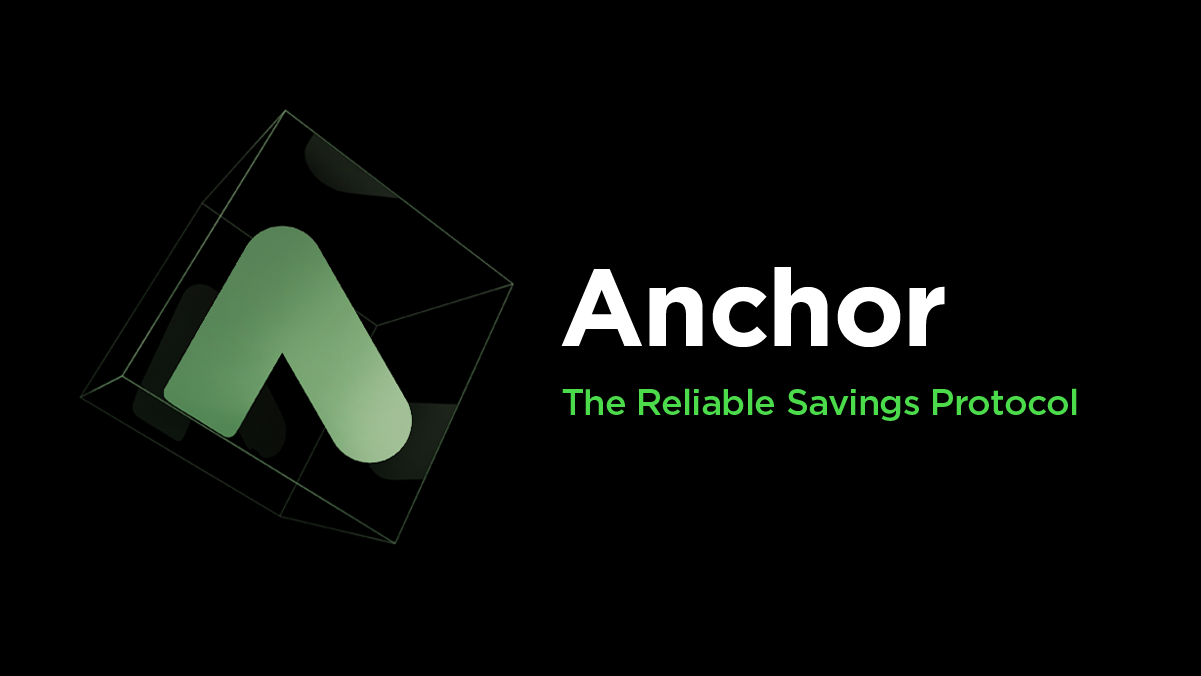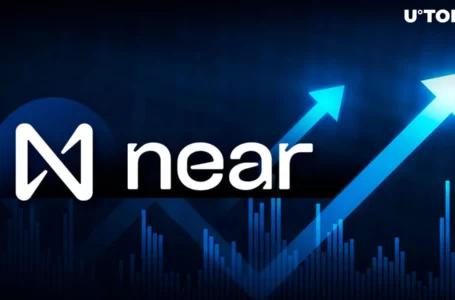
Anchor Protocol (ANC) is a lending and borrowing protocol on the Terra blockchain and the 29th project on Binance Launchpool. It uses an over-collateralized architecture to allow users to lend, borrow and earn interest with their digital assets.
Anchor is a savings protocol on the Terra blockchain that enables fast withdrawals and pays depositors a low-volatility interest rate, which is amongst the highest among stablecoins at ~19.5%. Anchor makes deposits available to borrowers who pledge liquid-staked PoS assets, bLUNA and bETH, as security.
The Thought Process Behind Creating Anchor Protocol
Despite the abundance of DeFi products, one may argue that a user-friendly savings product that is both easy-to-use and secure enough to garner widespread usage is currently not available in the market. Staking is unsuitable for the great majority of customers due to the price volatility of most crypto assets. The cyclical nature of stablecoin interest rates on DeFi stalwarts like Maker and Compound, on the other hand, renders such protocols unsuitable for a household savings product.
To meet this critical demand, Anchor was created as one of the first protocol on Terra. It is a savings platform that gives a dividend based on block rewards from key Proof-of-Stake blockchains. Anchor has a principal-protected stablecoin savings product that delivers a consistent interest rate to depositors. It does so by regulating the deposit interest rate by allocating block rewards to assets used to borrow stablecoins.
As a result, Anchor will offer DeFi’s benchmark interest rate, which is set by the yield of the most popular PoS blockchains. In the end, the main goal behind the Anchor Protocol is to become the gold standard for blockchain passive income.
How Does Anchor Protocol (ANC) Work?
Three main mechanisms run the Anchor Protocol (ANC). bAsset, money market and loan liquidation. The bAsset (bonded asset), a tokenized stake on a PoS blockchain is one of Anchor’s key primitives. A bAsset token symbolizes ownership of a staked Proof-of-Stake asset.
A bAsset, like the underlying staked asset, gives block rewards to the holder. A bAsset, unlike a staked asset, is both transportable and fungible. As a result, users may transact with bAssets in the same way they do with the underlying PoS asset. In conclusion, a bAsset lets its owner collect block rewards while retaining the liquidity and fungibility that staked assets lack.
bAssets can be produced on any PoS blockchain that supports smart contracts, making them widely applicable. bAssets are a vital component of Anchor, and they hold great importance in providing a constant interest rate to Terra deposits. The Terra money market is a WASM (Web Assembly) smart contract on the Terra blockchain that permits depositing and borrowing of Terra stablecoins — TerraUSD (UST).
This is the foundation of the Anchor savings protocol. A pool of Terra deposits generates interest from loans, defining the money market. To borrow Terra from the pool, borrowers put down digital assets as collateral. The interest rate is calculated using an algorithm based on borrowing demand and supply, which is represented by the pool’s utilization ratio.
Taking out a loan from the Terra money market is as simple as securing collateral in return for a loan. The borrowing capacity of a debt position is the maximum amount of debt that an account may accumulate. The amount and quality of locked-up collateral define an account’s borrowing capability. For each form of collateral, Anchor establishes a loan-to-value ratio (LTV), which reflects the percentage of a collateral asset’s worth that contributes to a debt position’s borrowing capability.
Unique Features of Anchor Protocol (ANC)
Principal Safety Measures
Anchor uses a liquidation process to ensure that depositors’ principal is protected. Deposits are secure as long as any obligations secured by them are over-collateralized. The Anchor liquidation protocol’s goal is to keep deposits safe by paying off debts that are in danger of failing to meet collateral requirements.
Product for Saving Money
Because of their considerable price volatility, crypto assets may not be the best option for customers looking for low-risk passive income. With Terra stablecoin money markets, Anchor provides a solution. Terra stablecoin depositors will receive stablecoins in return, avoiding the significant volatility of other crypto assets. Anchor’s deposit interest rate stability method provides extra volatility protection by ensuring consistent returns.
Leverage Is Created by Combining Price and Stake Yields
Users can use their assets as collateral to borrow stablecoins and buy more of the same asset, allowing them to leverage their positions. Users can also take advantage of low-rate times by borrowing stablecoin at a low cost and investing in bAssets with a higher yield than their borrowing cost. Because the deposit interest rate is supported by their assets’ block rewards, users seeking extra stablecoin liquidity can do so with little to no additional interest.
Contracts For Liquidation
If consumers do not want to deposit or borrow, they can join the Anchor liquidation pool, a higher-risk, higher-reward product that offers liquidation funding for Anchor debt holdings. Liquidation contract authors can make money from both passive premiums and liquidation fees paid on contract execution.
Anchor Protocol (ANC) Price Prediction and Future Outlook
The Anchor Protocol (ANC) solves a core problem that borrowers face. You see, most borrowers are charged a high cost by the bank, in most cases, a 22 percent annualized rate on their credit. Few lenders would pay such high lending rates and forego double the collateral’s income. As a result, the bank lowers the effective paid rate by giving the lender more bank shares than the 22 percent charge, allowing the borrower to profit from the loan.
Deposits are used to fund the loans by Anchor. From the borrowers’ collateral yield and the loan rate they pay, the procedure can give depositors a great yield. We also have some extra fees to give to our “bank’s” shareholders and keep the yield reserve.
In the longer run, users need the ANC tokens to be worth more than the whole asset side minus the liabilities for Anchor to sustain such strong returns. This is possible as long as token holders expect future earnings to increase by a factor of two. Not only that but there must be enough tokens remaining to distribute so that debtors may be reimbursed. Provided Anchor does not issue new shares, the borrowers can still be subsidized if token holders expect the balance sheet growth to be greater than the dilution produced.
Overall, the Anchor Protocol (ANC) is a strong project with a viable utility that is the centrepiece of the entire Terra ecosystem.



















